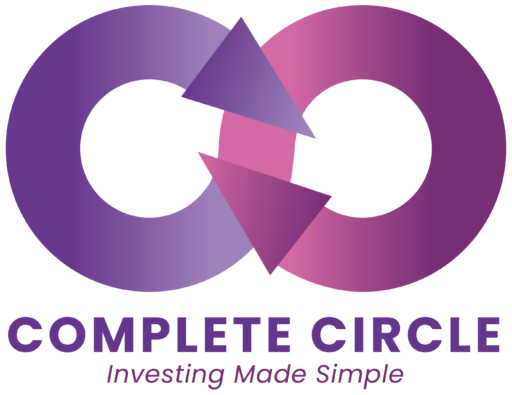Investment Options
Risky option
In this choice, the larger allocation will be inequities. To reduce risk, Equity Investing is limited to index funds that track the Sensex or Nifty, with a maximum equity exposure of 50%.
Moderate
The majority of the exposure in this option would be in corporate Debt Investing and fixed-income assets, with some Equity Investing and government securities included. It will be both hazardous and profitable in equal measure.
Safe
The majority of this option's investments will be in government securities, with very little in stocks.
Default option
Your allocation will be determined by your age, with a higher equity allocation when you are young and a lower proportion as you get older. You may also choose your asset allocation according to your risk tolerance. Individuals will also have the option of investing in one of three asset classes: equities (E type), government securities (G type), or credit risk-bearing Debt Investing or fixed income-based investments (C Type).
NPS Active Choice Vs Auto Choice
Active Choice investment
Investors can proportionally combine E, C, and G type choices according to their preferences.
Auto Choice investment
This is an auto-choice life cycle fund, with investment allocation dependent on the age of the investor. The Equity Investing part (Asset class E) will be 50% until the age of 35, after which it will be reduced by 2% every year until it reaches 10% by the age of 55. Credit risk (Asset class C) will be 30% until the age of 35, following which it will decrease by 1% each year until it reaches 10% by the age of 55.
Investors will have the choice of investing monthly or quarterly, but they must make at least four investments each year. Even if an investor chooses Equity Investing funds, according to PFRDA's announcement, only half of the investment can now go into stocks. After a year, this restriction will be revisited. Account statements will be issued regularly to maintain information transparency.
List of Pension Fund Managers (PFMs)
- HDFC Pension Management Company
- ICICI Pension Fund Management Company
- Kotak Mahindra Pension Fund
- LIC Pension Fund
- Reliance Capital Pension Fund
- SBI Pension Funds
- UTI Retirement Solutions

